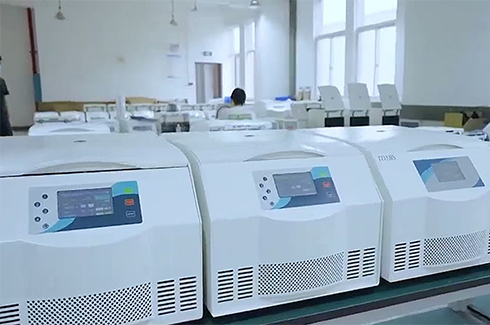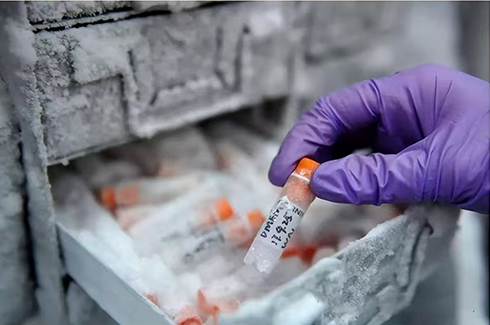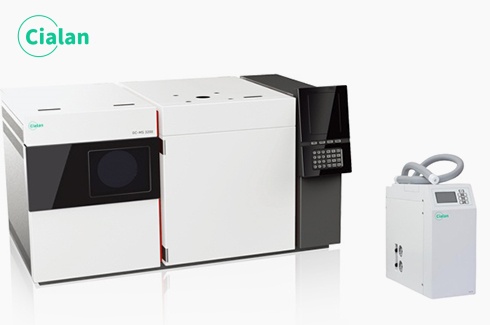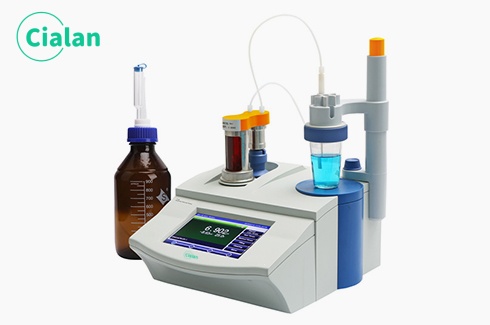How to use and clean the cuvettes of spectrophotometer?
How to use and clean the cuvettes of spectrophotometer?
1. When taking the cuvette, only use your fingers to touch the frosted glass on both sides and avoid touching the optical surface.
2. Do not allow the optical surface to come into contact with hard objects or dirt. When holding the solution, the height should be 2/3 of the cuvette. If there is any residual liquid on the optical surface, first use filter paper to gently absorb it, and then wipe it with lens paper or roll paper.
3. When testing acid, alkali and colored solutions, they must not be left in the cuvette for a long time and should be cleaned in time after the test.
4. The cuvette should be rinsed with water immediately after use. If necessary, soak with 1:1 hydrochloric acid and then rinse with water.
5. Do not place the cuvette on an electric stove for heating or baking in a drying oven.
6. If you have any doubts about the comparison cuvette during measurement, you can check it yourself. The user can set the wavelength selection to the actual wavelength used, fill a set of cuvettes with distilled water, adjust the transmittance of one to 95% (the digital display instrument is set to 100%), and measure the transmittance of the other cuvettes. Ratio, as long as the difference in transmittance is not greater than 0.5%, it can be used together.

1. When taking the cuvette, only use your fingers to touch the frosted glass on both sides and avoid touching the optical surface.
2. Do not allow the optical surface to come into contact with hard objects or dirt. When holding the solution, the height should be 2/3 of the cuvette. If there is any residual liquid on the optical surface, first use filter paper to gently absorb it, and then wipe it with lens paper or roll paper.
3. When testing acid, alkali and colored solutions, they must not be left in the cuvette for a long time and should be cleaned in time after the test.
4. The cuvette should be rinsed with water immediately after use. If necessary, soak with 1:1 hydrochloric acid and then rinse with water.
5. Do not place the cuvette on an electric stove for heating or baking in a drying oven.
6. If you have any doubts about the comparison cuvette during measurement, you can check it yourself. The user can set the wavelength selection to the actual wavelength used, fill a set of cuvettes with distilled water, adjust the transmittance of one to 95% (the digital display instrument is set to 100%), and measure the transmittance of the other cuvettes. Ratio, as long as the difference in transmittance is not greater than 0.5%, it can be used together.













